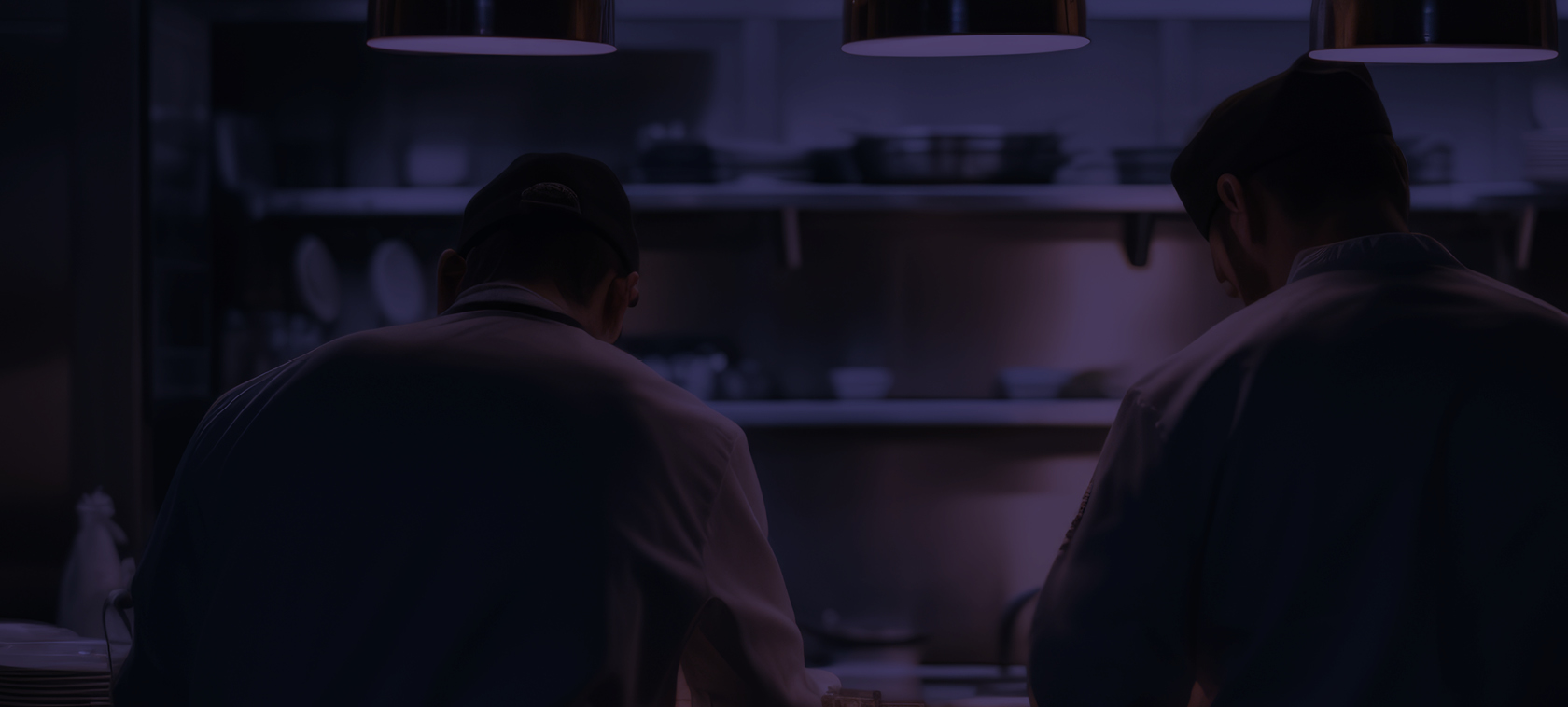In light of the recent Listeria outbreak, which has killed five and left four others seriously ill, food businesses across the UK, from manufacturers to caterers are reminded of the need for effective food safety management plans. But listeria, or to use its full name Listeria monocytogenes, presents food businesses with quite the challenge, in that it is considerably more robust that other bacterial species, able to grow at temperatures below 0°C and even survive deep freezing at -18°C. What’s more, Listeria can persist despite aggressive cleaning, harbouring in crevices, cracks and drains.
A Listeria management plan is essential to effectively controlling and monitoring L. monocytogenes in preventing Listeriosis in consumers. Generally forming part of food safety plans or HACCP plans, the key steps to reducing the immediate threat of Listeria include:
- Effective and thorough cleaning
- Separation of foods to prevent cross contamination
- Thorough cooking
- Adequate chilling
These are otherwise known as the four C’s… Cleaning. Cooking. Chilling. Cross contamination.
Actioning the four C’s
Cleaning
The production and preparation environment
Effective and thorough cleaning of the food production or preparation environment is essential in removing Listeria. Effective cleaning relies on:
- The use of appropriate chemicals in appropriate concentrations, chemical training should be provided to all staff to ensure such cleaning products are used correctly.
- The use of separate cleaning equipment in segregated areas and drains.
- The sanitisation of cleaning equipment following use.
- The correct use of equipment. Extra care should also be taken using equipment such as high-pressure hoses, which if not used correctly can create an aerosol effect, transferring Listeria from floors onto the production line or between segregated areas.
- The washing of utensils, cutting boards, and any surface food touches, before and after each use. Use hot, soapy water and clean paper towels or clean cloths. Remember to wash cloths often on a hot cycle.
Handling food
Wash your hands thoroughly before, during and after handling food, especially when handling raw meat or poultry. Certain foods such as lettuce should be washed before they are used while others such as chicken should not.
Do wash
- Vegetables
- Rice
- Salad
- Fruits
Don’t wash
- Meat
- Poultry
- Eggs
Cooking
Cooking at temperatures above 65°C kills Listeria bacteria. Meat, poultry and fish must all be cooked at higher temperatures to reach the following minimum internal temperatures:
- 62°C for whole meats – meats (allow the meat to rest for 3 minutes after cooking)
- 62°C for fish
- 71°C for ground meats
- 73°C for all poultry
Always use a food thermometer. This is the only way to ensure all foods are cooked to safe internal temperatures. Don’t guess! It’s simply not worth the risk.
Chilling
Between 4.4°C and 60°C is considered the danger zone, the temperatures in which bacteria can multiply rapidly. The higher the levels of bacteria the higher the chance someone will get sick.
Ensure your refrigerator and freezer temperatures are at or below the minimum recommendations of 4°C and -18°C. As most refrigerators are fitted with just a colder/ warmer adjustment the only way to know the true temperature is to use an appliance thermometer. Other tips for handling chilled foods include:
- Using foods by their expiry date
- Keeping chilled food out of the fridge for the shortest time possible during preparation
- Cooling cooked food quickly at room temperature and placing in the fridge within one to two hours
- Not overfilling your fridge. Leave space to allow air to circulate, in order to maintain the set temperature.
Cross Contamination
It is vital raw and ready-to-eat foods are prepared and stored separately to prevent cross contamination.
Storing
- Raw meat, poultry and seafood should be stored in containers, on plates or in sealed plastic bags to prevent juices dripping onto other foods. Place on the bottom fridge shelf to further minimise risk.
- Store eggs in their original carton and refrigerate as soon as possible.
Preparing
- Ideally use separate cutting boards for different foods. Use one board for meat, poultry and seafood and another for fruits and vegetables. Never use the same board for ready-to-eat foods and raw foods.
- If using separate boards is not possible, wash cutting boards, dishes and worksurfaces with hot soapy water after preparing each item
- Replace old cutting boards that have become excessively worn. Boards with cracks are prime breeding ground for bacteria.
- Marinate food in the refrigerator, following the above storage guidelines. Set aside a separate portion of marinade for cooked meat, poultry, and seafood.
Serving
- Unless it has been washed first in hot soapy water, NEVER place cooked food on a plate or cutting board that previously held raw food. The same applies to utensils.
Listeria might be notoriously difficult to manage, but with the four C’s acting as your first line of defence you’re well positioned to win the battle against bacteria. Look out for our next article where we’ll be looking at future proofing actions to help prevent a listeria outbreak in your business.



